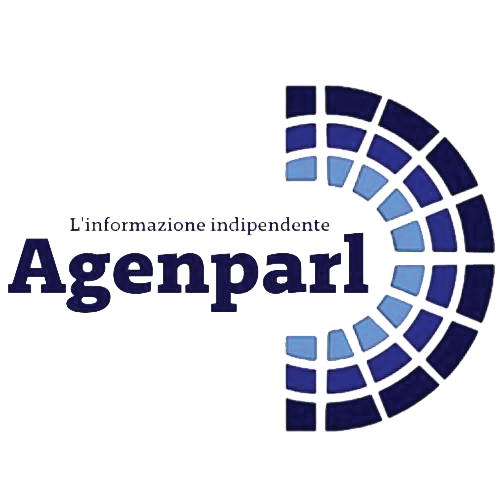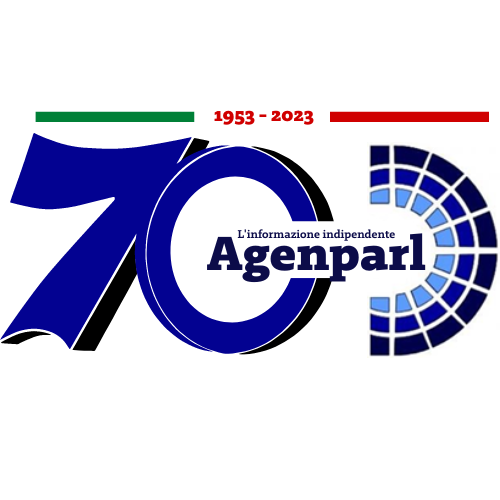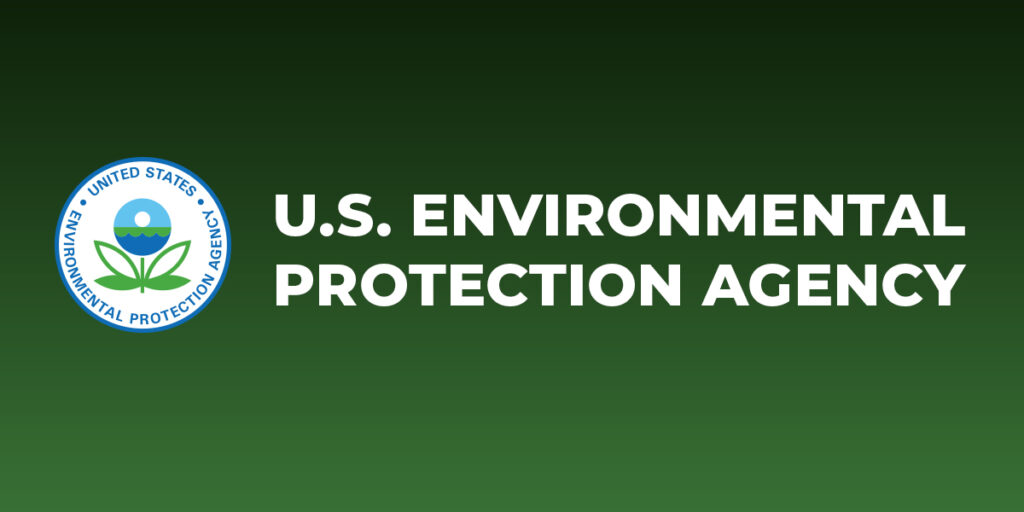 (AGENPARL) - Roma, 18 Marzo 2024
(AGENPARL) - Roma, 18 Marzo 2024(AGENPARL) – lun 18 marzo 2024 Issued: Mar 18, 2024 (2:50pm EDT)
If you wish to unsubscribe please do so
here: http://url6130.epa.mediaroom.com/ls/click?upn=u001.iqz6hAvLdUl-2FaSixKUG3iyFJBsxNAroAZOQ1BID8fKIiLAUfJX2sQlhu1tzKAOIu-2BU84uzAzSpWvmWyHnsNJDRYXWx5dlMz75Zp9ch-2BQlG6mQHPYjReZhS13hvd5qOopcrAD_-2B0Ok6Af7hyz7Kqg6CR74pYblAA1WjrUjKSJUAiv3NOub0DC4O7JPWGxIlQ7kBB-2FSD1zGc7LOUNwXnuzHGg3-2Feo5IzhsMd9oVW9FO8BlhdgxVCXtbOY2EU3gZzbz-2FDDcLI1Y161nvNP9hzbYksjUMxOcJce9kCbHW8q7csNLPP6xTA-2BYz-2BDr3pP3WI4z83jD-2B7Xt0AGwCTmgqwHwyDUYbtjzyBbqVEQ34snPTCXrxM4louVj6-2Bq8fNyJn3rWZFqep
Biden-Harris Administration announces $24 million in pollution prevention
grants under President’s Investing in America agenda
WASHINGTON?– Today, March 18, the U.S. Environmental Protection Agency
announced the availability of nearly $24 million in grants to support states,
U.S. territories, and Tribes in providing technical assistance to businesses
to develop and adopt pollution prevention practices. The funding is available
through two Notice of Funding Opportunities (NOFOs) for EPA’s Pollution
Prevention program, with approximately $14 million in grants available at no
cost share/match requirement, thanks to funding made possible by President
Biden’s Bipartisan Infrastructure Law.
“Pollution prevention practices are an important and cost-effective strategy
to protect communities and the environment by helping businesses prevent
pollution before it’s even created,”?said EPA Office of Chemical Safety
and Pollution Prevention Deputy Assistant Administrator for Pollution
Prevention Jennie Romer.?“Thanks to the historic investment from the
Bipartisan Infrastructure Law, EPA is helping to spur economic growth by
expanding and accelerating the practices that are win-wins for human health,
the environment and American businesses.”?
The United States produces billions of pounds of pollution each year and
spends billions of dollars per year controlling it. Pollution prevention, also
known as P2 or source reduction, is any practice that reduces, eliminates, or
prevents pollution at its source prior to recycling, treatment, or disposal.
Preventing pollution at the source rather than managing waste afterwards is an
important way to support American businesses while reducing exposure to toxic
chemicals in communities and conserving natural resources. These practices are
essential for protecting health, improving environmental
conditions–including in and around disadvantaged communities–and
preserving natural resources like wetlands, groundwater sources, and other
critical ecosystems.
Two grant opportunities are being announced today:
$14 million P2 Grant Opportunity: The $14 million NOFO is the third of five
annual installments of P2 grant funding provided by President Biden’s
Bipartisan Infrastructure Law. This opportunity does not include the fifty
percent grantee funds matching requirement required by traditional P2 grants,
increasing access to the funding for all communities. Grants supported
with?Bipartisan Infrastructure Law?funds will be fully funded at the time
grants are awarded (rather than receiving funding in installments). The
maximum amount of each grant is $350,000.
$9.94 million P2 Grant Opportunity: The $9.94 million NOFO is part of the
traditional P2 grants program that has been administered by the Agency for
over 25 years. The funding is over a two-year funding cycle?with individual
grant awards up to $700,000 for the two-year funding period or $350,000 funded
per year and includes a cost share/match requirement of fifty percent.
EPA’s Pollution Prevention Grant Program is advancing President Biden’s
Justice40 Initiative, which aims to deliver 40 percent of the overall benefits
of certain federal investments to disadvantaged communities that are
marginalized by underinvestment and overburdened by pollution. For both grant
funding opportunities,?EPA?is encouraging applicants to address
environmental?justice in their project(s) to help transform disadvantaged
communities, as identified by the Climate and Economic Justice Screening Tool,
into healthy, thriving communities capable of addressing the environmental and
public health challenges they have historically faced, as well as current and
future challenges.
EPA’s P2 Hub Resources Center webpage includes links to resources for
grantees including webinars, writing guidance, networking tools, and helpful
templates. Additionally, EPA’s P2 Grant Partner Connection List can be used
by potential applicants and partners to identify each other and create
partnerships.
Grant applications will need to address at least one of six?National
Emphasis Areas (NEAs) which were established to?generate the most beneficial
economic, environmental and health impacts when applying P2 practices, and to
facilitate sharing of information among grantees working on similar issues:?
Food and Beverage Manufacturing and Processing
Chemical Manufacturing, Processing and Formulation
Automotive Manufacturing and Maintenance
Aerospace Product and Parts Manufacturing and Maintenance
Metal Manufacturing and Fabrication
Supporting Pollution Prevention in Indian Country and for Alaska Native
Villages
Eligible applicants include states, state entities such as universities, U.S.
territories and possessions, and federally recognized Tribes and intertribal
consortia. Applicants are strongly encouraged to consider partnering with
others in the P2 stakeholder community to strengthen their ability to provide
P2 technical assistance to businesses and facilitate the development, adoption
and dissemination of P2 solutions.
Applications are due by May 17, 2024. Additional information is available on
grants.gov under Funding Opportunity Announcements
EPA-HQ-OCSPP-OPPT-FY2024-001 and EPA-I-HQ-OCSPP-OPPT-FY2024-002. Please
consult the solicitation for further details.
EPA will host three informational webinars for potential applicants and
interested stakeholders. The webinars will review information about the P2
Grant Program and the application process to help potential applicants submit
a high-quality application to EPA for consideration. Time will be provided
during the webinars for questions from participants.
March 26, 2024, 2-3:30 p.m. ET Register here.
March 27, 2023, 2-3:30 p.m. ET for Tribal entities Register here.
April 11, 2023, 2-3:30 p.m. ET Register here.
Background
EPA’s Pollution Prevention Program has issued nearly 500 grants between
2011-2021, totaling more than $54 million, which have helped businesses
identify, develop and adopt P2 approaches. The results include 20.8 million
metric tons of greenhouse gases eliminated, 52 billion gallons of water saved,
1 billion pounds of hazardous materials reduced, and $2.3 billion in savings
for business.
President Biden’s Bipartisan Infrastructure Law made a historic $100 million
investment in EPA’s P2 Program, more than doubling the funding for P2
grants. The first round of 39 awards funded by the Bipartisan Infrastructure
Law?was announced in September 2022 and the second round of 24 awards was
announced October 2023. These grants are supporting businesses to tackle
pollution at the community level. For example, a P2 grant to Kansas State
University funded projects to prevent pollution including in disadvantaged
communities, by identifying simple, cost-effective ways Kansas companies – in
industries ranging from aerospace to flour milling – could save more than
$400,0000.
Similarly, EPA’s traditional P2 grants have helped strengthen economic
growth while cutting pollution. For example, under an EPA P2 grant, the
Washington State Department of Ecology helped a metal finisher cut more than
50,000 pounds of hazardous materials from its production even while its
production volume tripled. A grant to the Minnesota Pollution Control Agency
helped an employee-owned manufacturing company reuse coolant, saving up to
$30,000 annually and reducing coolant waste by 11,000 gallons.
Read more about P2 and the P2 Grant Program.
To unsubscribe or change your settings click here:
http://url6130.epa.mediaroom.com/ls/click?upn=u001.iqz6hAvLdUl-2FaSixKUG3iyFJBsxNAroAZOQ1BID8fKKhIILjisBDEktm3-2BIos9X6j-2Bi8vggzDznbnkmZk-2BImzmNr7okECYbZdbK17m6Icz6Piboxs-2FIsOniHO7sKuWVib6mAXHqUQ-2B9moI-2Bx-2BnWxBw-3D-3DEpW-_-2B0Ok6Af7hyz7Kqg6CR74pYblAA1WjrUjKSJUAiv3NOub0DC4O7JPWGxIlQ7kBB-2FSD1zGc7LOUNwXnuzHGg3-2Feo5IzhsMd9oVW9FO8Blhdgzd3DfXTxtxOUdUFkLHk0EaOzx844hj4HgJCbEVwkIyH9y2TMO6hqzeHGdGPISvrEWIWcs6W-2FsH4QYJfoFpY3KMAm9f3AozPo6WnHlQNVDM2mDvbYkqbukG6ObsxHXS-2BmQ-2BtPk1s4POYvGsUsqi8SvY

